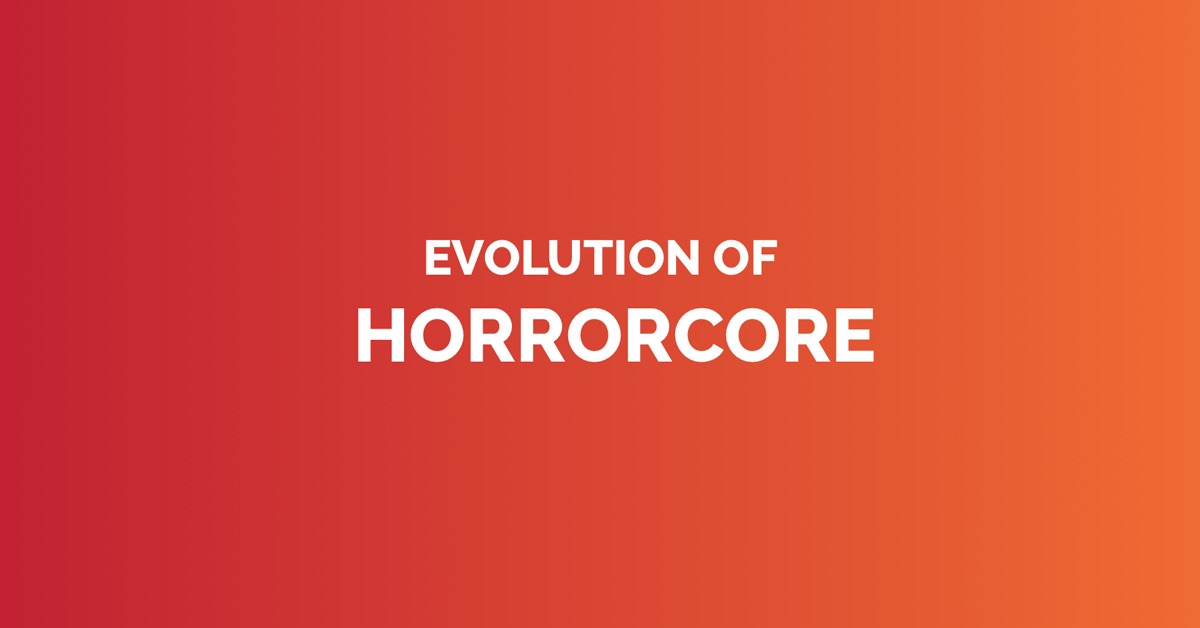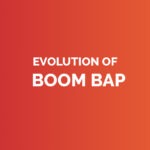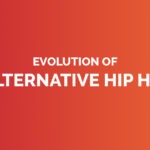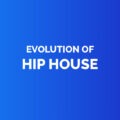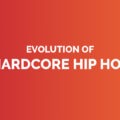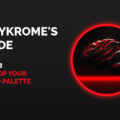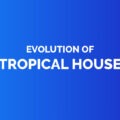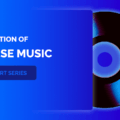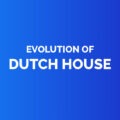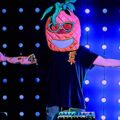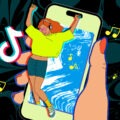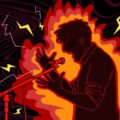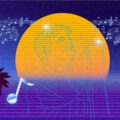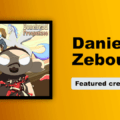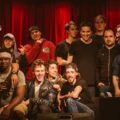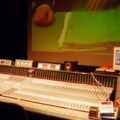History
In the 1980s, hip hop artists started turning to the horror film genre for inspiration. Radio-friendly tracks like “Nightmare On My Street” by DJ Jazzy Jeff & The Fresh Prince, or “Nightmares” by Dana Dane, helped pave the way for what would become a truly macabre sound for hip hop; horrorcore. Like the slashers and thrillers that inspired this transgressive musical style, horrorcore has been marked by both its fair share of controversy, and an abundance of creative output.
Influences
The ultraviolent stories that build the backbone of horrorcore have historically been influenced by horror cinema. Jimmy Spicer’s 1980 track “Adventures of Super Rhyme” for example humorously recounts Spicer’s encounter with Dracula. In time such relatively innocuous horror tropes would be replaced by much edgier content that borrowed techniques from the gangsta rap and hardcore hip hop scenes. For example, the Geto Boys’s 1988 track “Assassins” copied the detailed murder imagery of gangsta rap revenge stories, but used it to build a shocking tale of a serial killer’s spree. A modern horrorcore track might tell a story more grounded in reality by using plausible situations as their backdrop, like drug addiction in Danny Brown’s “Ain’t in Funny”. However, even when telling a ‘true’ story, horrorcore tracks still make sure to emphasize the most disturbing elements of those realities.
Sound
Early horrorcore heavily relied on gangsta rap’s basic beats and foreboding, tension-inducing samples and synths, but as it grew it became a larger composite of multiple genres. Horrorcore today borrows from techno, industrial, screamo, and beyond. The heart of horrorcore still remains in its captivating, and horrifying, storytelling.
Geto Boys – “Assassins”
Houston, Texas, 1988
The Geto Boys created a clear separation between horrorcore and other contemporary genres of hip hop (hardcore rap, gangsta rap) with lyrics from a disturbed serial killer’s point of view.
Geto Boys – “Chuckie”
Houston, Texas, 1991
On their third album, the Geto Boys get into the mind of the film-famous ‘Chuckie’ doll, pushing their storytelling further towards the horror movie realm.
GraveDiggaz – “Diary of a Madman”
New York City, New York, 1994
This track from Gravediggaz’s debut album 6 Feet Deep reflects the band’s overall aesthetic, which is grounded in the macabre, the undead, and all related aspects of horror.
Bone Thugs-n-Harmony – “East 1999”
Cleveland, Ohio, 1995
Bone Thugs-n-Harmony’s “East 1999” combines the dark storytelling of horrorcore with an early G-funk musical vibe.
Insane Clown Posse – “Halls Of Illusions”
Detroit, Michigan, 1997
Insane Clown Posse have become the poster boys for horrorcore (and horrorcore controversies), but it wasn’t until their fourth studio album The Great Milenko that they would find their sound and start to make waves on a national level.
Foreign Beggars – “Coded Rhythm Talk”
London, England, 2003
Before England’s Foreign Beggars moved to making electronic music, they released tracks like “Coded Rhythm Talk”; a song heavily influenced by both the West Coast vibe and the dark lyrics of horrorcore.
Tech N9ne – “Einstein”
Kansas City, Missouri, 2001
Tech N9ne helped to breathe new life into the genre with his disturbing track “Einstein”.
Eminem – “3 a.m.”
Detroit, Michigan, 2009
While Eminem has played with shocking lyrics ever since “My Name Is” made him famous, the demonic themes and foreboding sound of this track place it very clearly in the horrorcore genre.
CLIPPING – “Nothing Is Safe”
Los Angeles, California, 2019
Clipping produced one of the decade’s most exciting horrorcore releases with “Nothing Is Safe”, where horrorcore lyrics find a welcome home in a 1980s slasher-inspired trap soundtrack.
